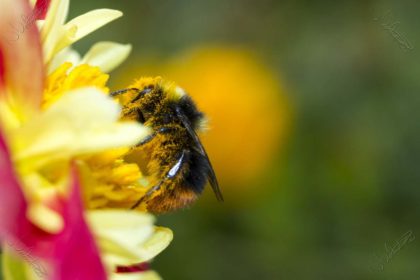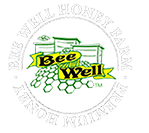
Bees are necessary for about 80% of all crops that are used directly for food worldwide. But the last decade has been hard on them, reducing their numbers year after year.
I’m often asked “How can we help save the bees?” Here are five things you can do to help save the bees:
1. Plant Bee-Friendly Flowers and Herbs In Your Garden
Planting flowers in your garden, yard, or in a planter will help provide bees with forage. Avoid chemically treating your flowers as chemicals can leach into pollen and negatively affect the bees systems. Plant plenty of the same type of bloom together, bees like volume of forage (a sq. yard is a good estimate).
Good Plant Varieties:
- Spring – lilacs, penstemon, lavender, sage, verbena, and wisteria
- Summer – Mint, cosmos, squash, tomatoes, pumpkins, sunflowers, oregano, rosemary, poppies, black-eyed Susan, passion flower vine, honeysuckle
- Fall – Fuschia, mint, bush sunflower, sage, verbena, toadflas
2. Weeds Are Good
A lawn full of clover and dandelions is not just a good thing—it’s a great thing! A haven for honeybees (and other native pollinators too). Don’t be so nervous about letting your lawn live a little. Wildflowers, many of which we might classify as weeds, are some of the most important food sources for native North American bees.
3. Buy Local, Raw Honey
Buy local, raw honey that is from hives that are not treated by chemicals. It can be hard to find out what is truly “local” and truly “raw”–and even harder yet to find out what is untreated. Bee Well Honey exclusively sells local, raw honey.
4. Bees are Thirsty Little Creatures. Leave a Small Basin of Fresh Water Outside Your Home
They will appreciate it!
5. Learn How to be a Beekeeper
Find a local honey bee association that offers classes. Click here to visit the South Carolina State Beekeepers resource page to find an association near you.




